The Salon Art + Design 2018
Contemporary artists are pushing the boundaries and producing some playful, original and unconventional designs.
8th– 12th November 2018
VISITORS TO THE Salon Art + Design, in New York last November left the show with two distinct impressions: first, that the market for limited-edition art furniture is alive and well; and second, that the more provocative the design, the likelier it is to attract attention – and collectors. Although the Salon covers a broader scope than most fairs – combining styles and genres and including dealers of painting and sculpture, ancient art, furniture, ceramics and glass – the majority of the 57 exhibitors at the Park Avenue Armory were featuring furniture. And of those, almost half spotlighted works that were emphatically, even aggressively, unconventional.
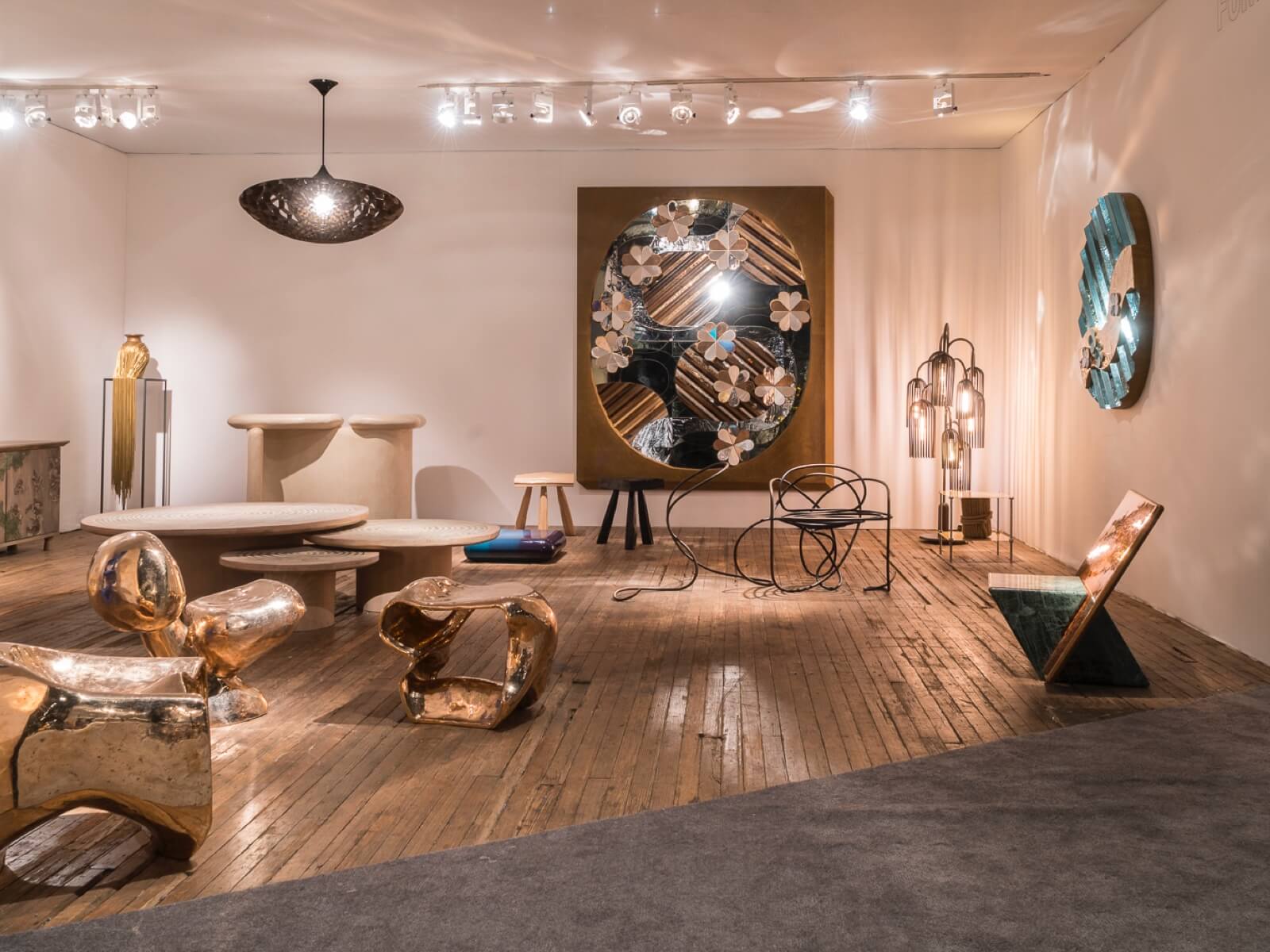
Gallery FUMI, Salon Art and Design 2018
COURTESY: Peter Baker
Not only were the designs inventive, but most were 21st century, the newer the better. The preponderance of fresh-out-of-the-studio work, not all of it equally admirable, suggests that dealers are catering to the demands of moneyed clients looking for objects that nobody else owns, or indeed has ever seen. For novice collectors seeking the cachet of owning unique works — and ownership doesn’t come cheap — novelty, it would seem, sometimes takes priority over design merit.

Galerie Kreo, Salon Art and Design 2018
COURTESY: Peter Baker
Many of the noteworthy pieces elicited smiles as well as astonishment, a welcome reminder that design needn’t always be serious. As Joseph Giovannini noted in his New York Times wrapup, this Salon delivered “a high delight quotient”. Along with the expected hand-crafted pieces were many made with digital technology, as designers add computerised equipment to their stock of tools. Regardless of the fabrication process, however, design is definitely getting more expensive. Major pieces of limited-edition furniture at Salon ranged from high five to six-figure prices (in dollars), although art collectors accustomed to the stratospheric cost of paintings and sculpture will still find design objects relative bargains.
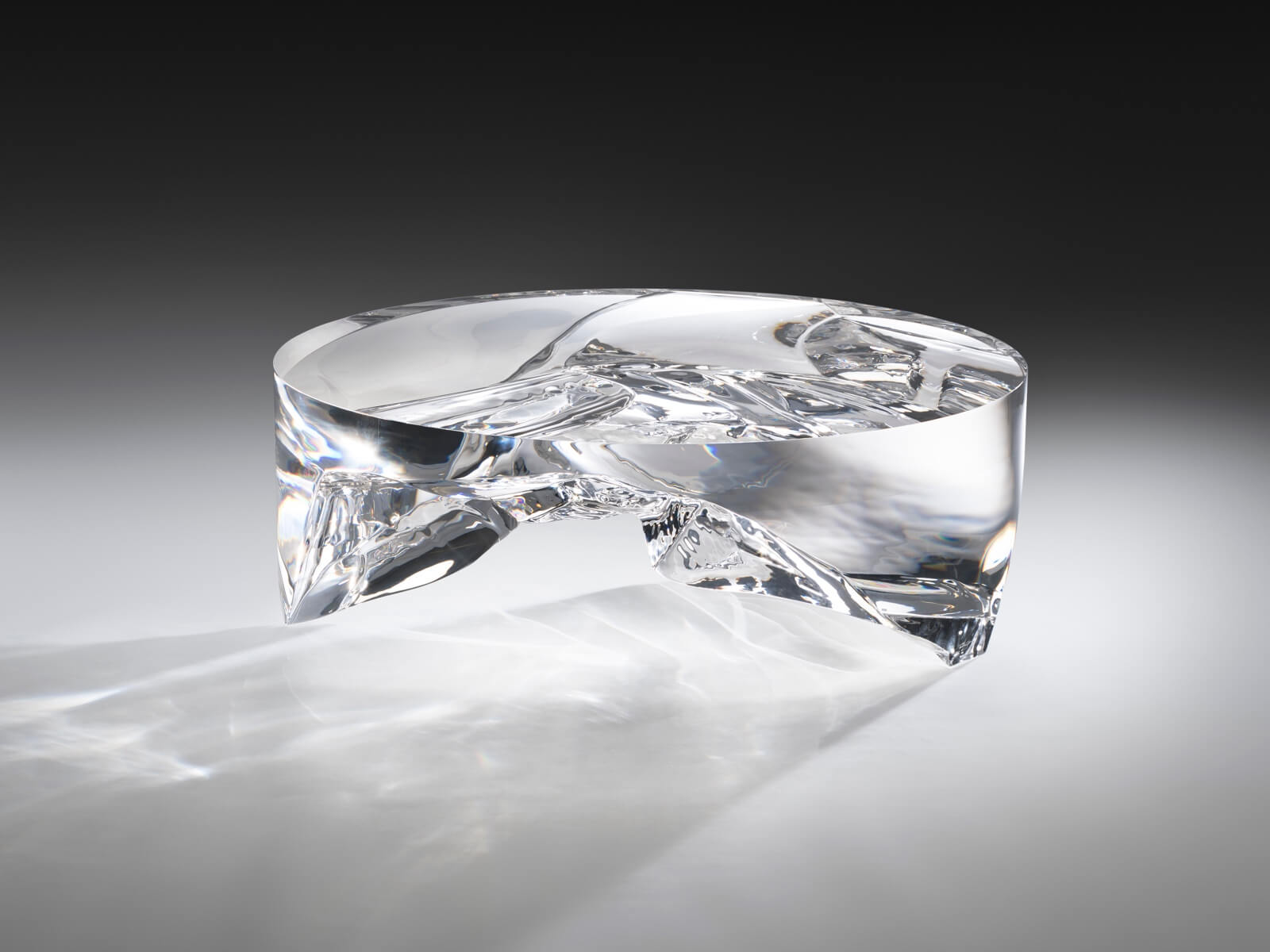
Fredrikson Stallard, Coffee Table ‘Gravity (Round)’, 2015
COURTESY: David Gill Gallery
AMONG THE STANDOUTS at the show: a swoopy, hand-carved bleached-maple armchair by Gildas Berthelot at Galerie BSL; a crystalline acrylic coffee table by Fredrikson Stallard at David Gill Gallery; a bold bronze-and-rock table by Misha Kahn at Friedman Benda; and a twisty-legged software-programmed maple console by Mathias Bengtsson at Galerie Maria Wettergren. Barberini & Gunnell’s bubble-cluster steel lounge stood out at Priveekollektie, and Sarah Myerscough featured striking wood pieces by Joseph Walsh. Among those galleries whose booths focused on 21st century design were Amman Gallery, R & Company, Galerie Kreo, Maison Gerard and Gallery Fumi. At Wexler Gallery however, an eight-foot-long dining table and chairs from 1980 by recently-deceased Wendell Castle was the star attraction.
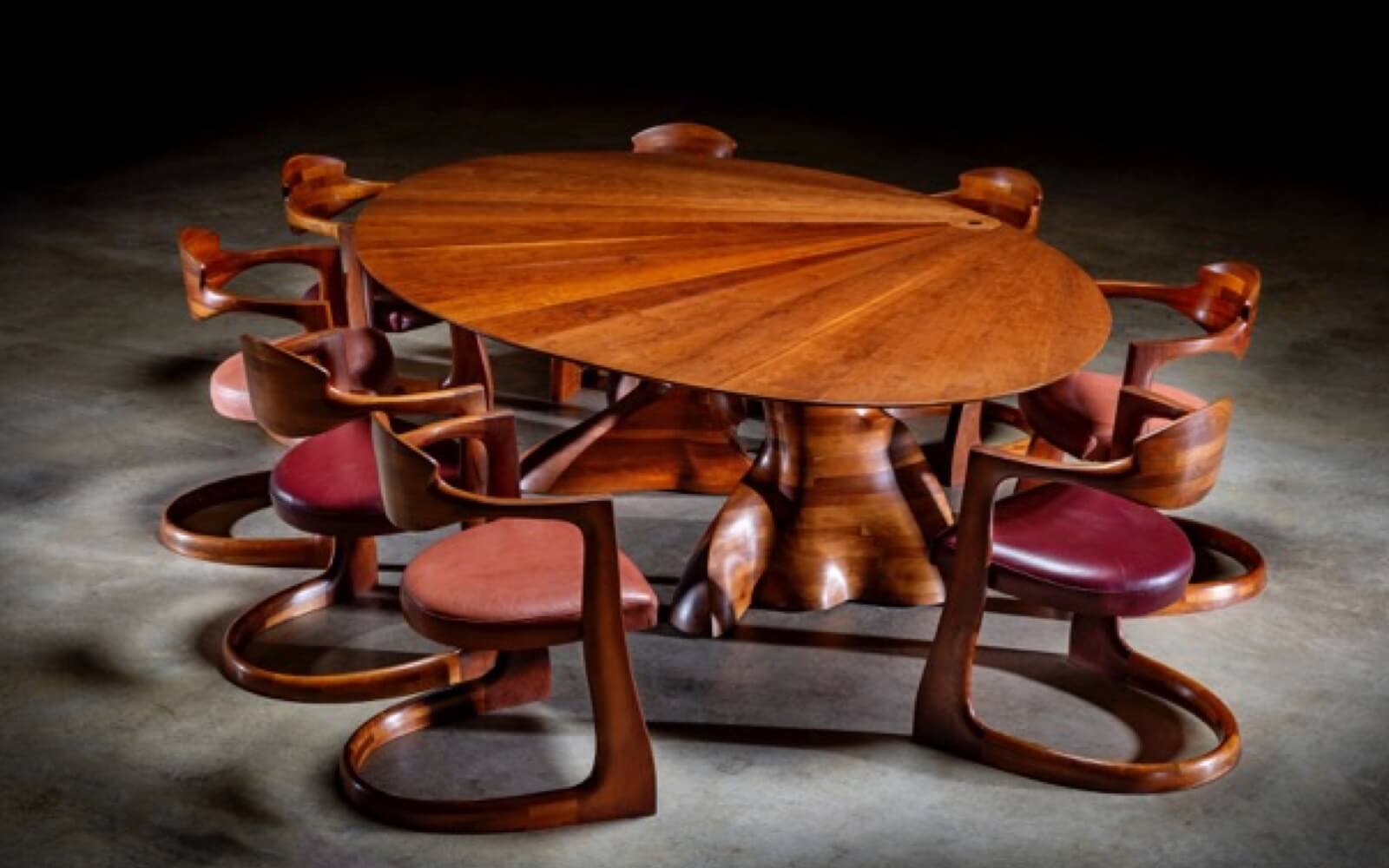
Wendell Castle, ‘Dining Table and Chairs’, 1980
COURTESY: Wexler Gallery
The dearth of historical material was, according to knowledgeable dealers, in part because desirable pieces are increasingly hard to find – most are already held in private collections and museums. Mid-century modern and Scandinavian pieces are still being sold, but the categories are no longer making news, nor are even Art Deco, or mid-century French stars Corbusier/Perriand/Prouvé – and design shows are all about news. Significantly absent from Salon was work by éminences gris Ron Arad and Marc Newson, or media darlings like Studio Job, Joris Laarman or Maarten Baas. This is not an indication of waning interest, but new work takes time to produce and most work by marquee-name contemporary designers is either sitting in collections, or being accumulated for one-man shows.
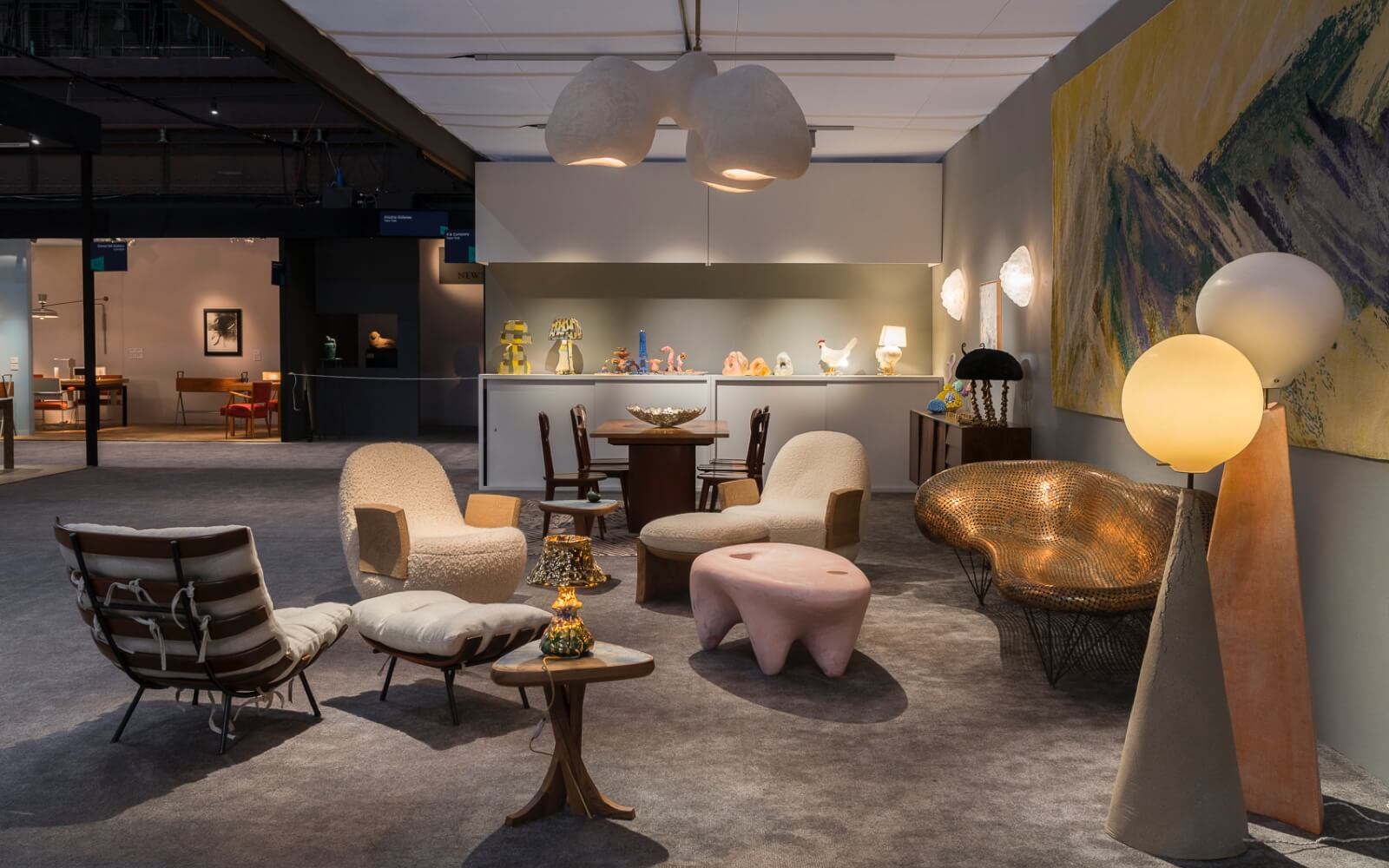
R & Company, Salon Art and Design 2018
COURTESY: Peter Baker
Some exhibitors bucked the trend to contemporary design, staying with 20th century classics. Stalwarts like Moderne, with Nakashima, Vallois with French Art Deco, and Scandinavian specialists Modernity and Dansk Mobelkunst kept their focus with fine presentations. Bernard Goldberg showcased Frank Lloyd Wright furniture and Yves Macaux featured Wiener Werkstätte-era designs. But from all indications, the market is moving towards current work, with the unexpected supplanting the familiar.
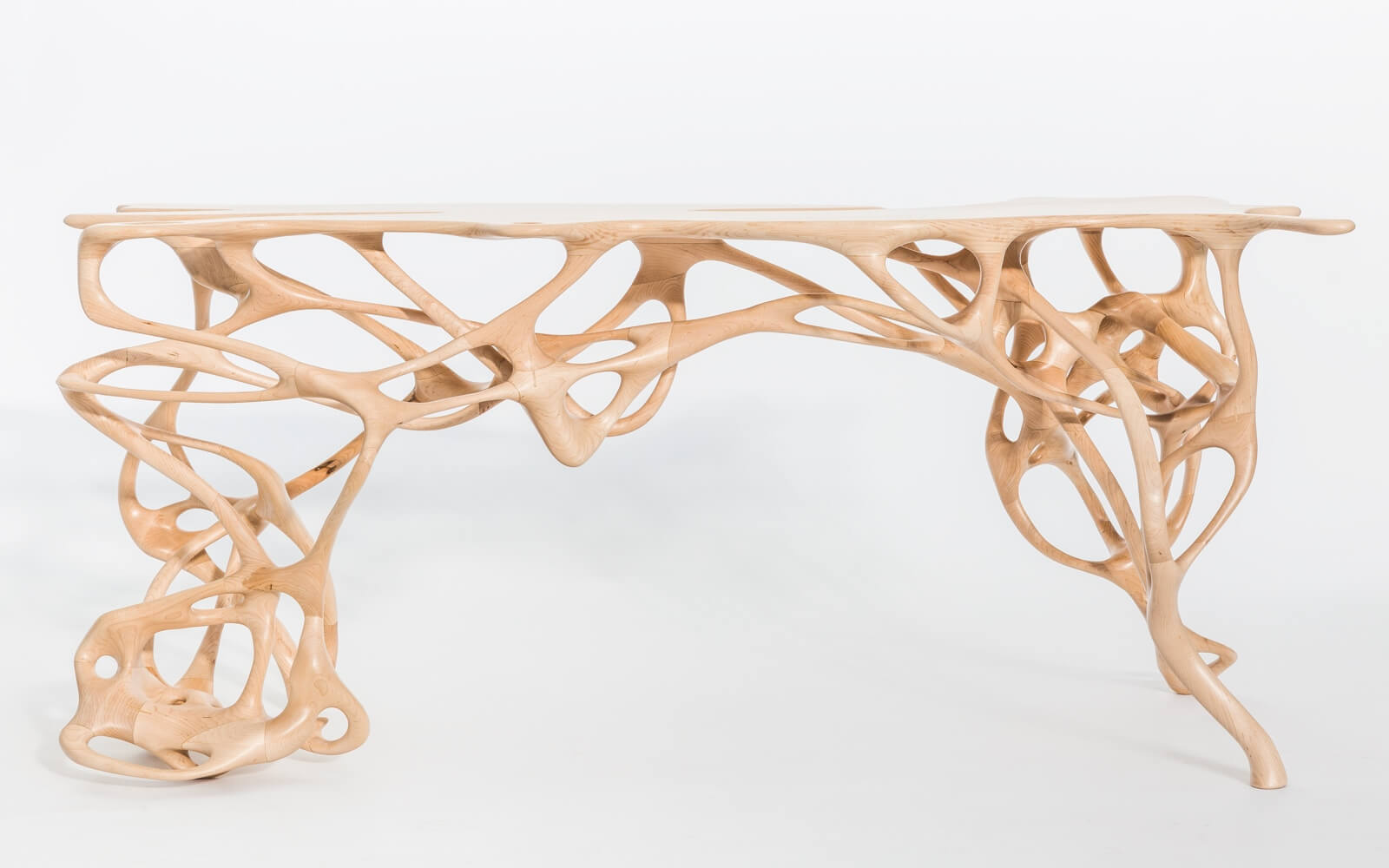
Mathias Bengtsson, “Growth Table Maple”, 2017
COURTESY: Galerie Maria Wettergren
This reflects the fact that artists (the term designer scarcely applies to this category any longer) are pushing the proverbial envelope to express themselves in new forms, unusual combinations of materials, and untried methods of fabrication. Their efforts are creditable, though it remains to be seen whether all of the novelties will survive. Nonetheless, many of these unconventional works seem well suited to the informality of contemporary life – even the most transgressive of them lack the “don’t touch me” air of the formal period styles that were once obligatory furniture in affluent homes.
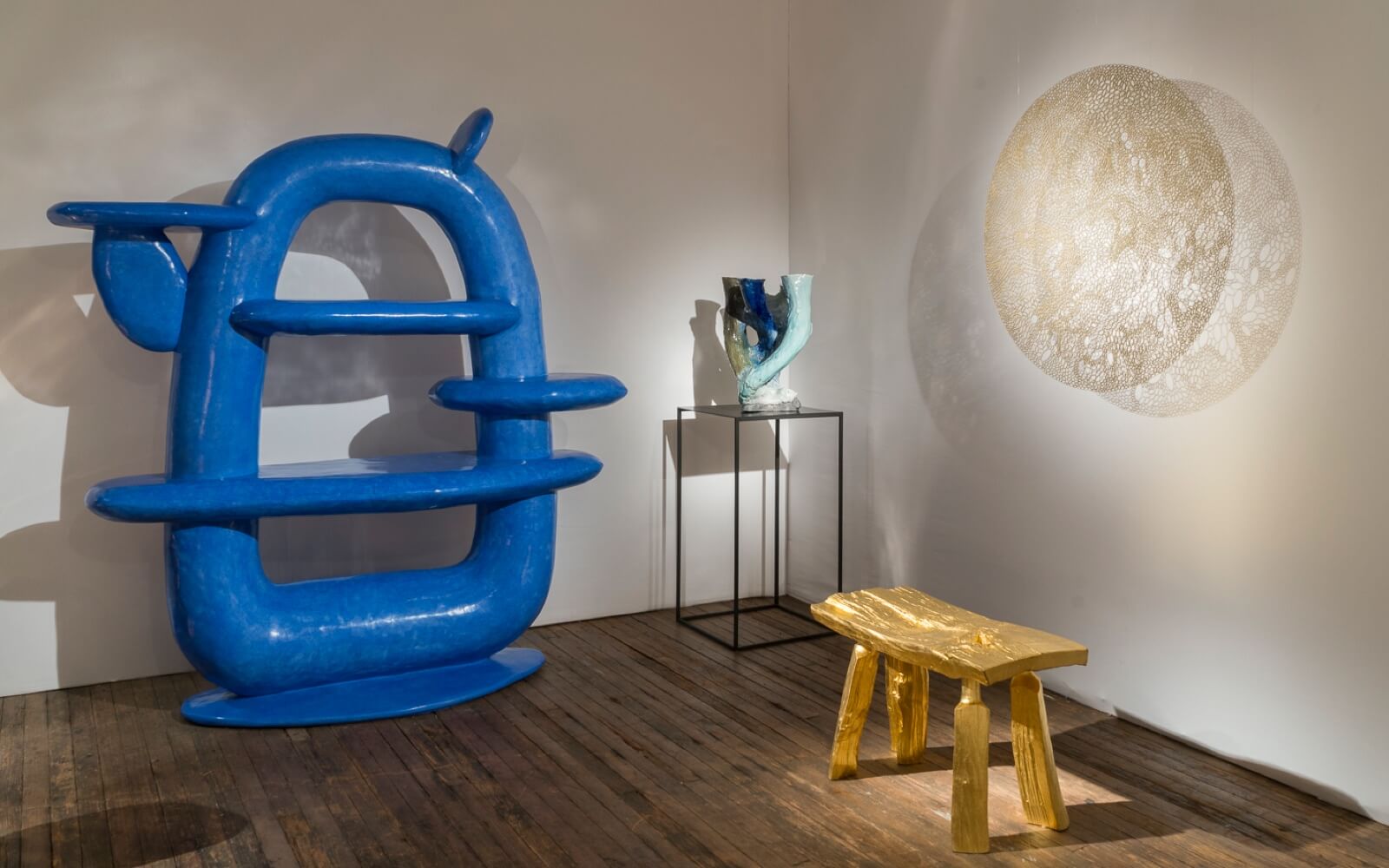
Gallery FUMI, Salon Art and Design 2018
COURTESY: Peter Baker
IN FINISHING ITS seventh year, the Salon Art + Design carries the torch lit by Modernism, the first-ever show to focus on contemporary design, which was launched by Sanford Smith in 1985 – the same decade that saw Fifth/50 in New York, Galerie Downtown in Paris and David Gill in London pioneering the market for 20th century design.
The market has grown and matured considerably since then, though it remains to be seen how much of this year’s introductions will stand the test of time. Dealers will continue to look for ways to attract attention at shows like Salon, which means we’re likely to see more unconventional, and conservatively-priced designs by unknown artists along with costly pieces by established names. Mirroring the changes in the contemporary art market, the market for collectible design is attracting a younger generation of new collectors who are affluent, but not super-rich, and are more open to fresh ideas. Since most of them appear to be buying for use rather than for speculation, all signs point to a healthy future.
Salon Art and Design – November 14-18th 2019



